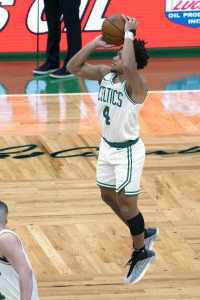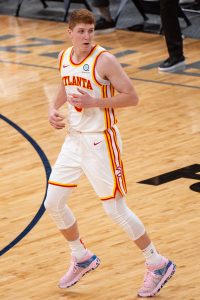The 2021 NBA trade deadline was perhaps the busiest in league history. A total of 16 deals were agreed upon on deadline day, with 46 players on NBA contracts (plus two more draft-and-stash players) changing teams.
Thursday was so jam-packed with deals that the league office was unable to officially process all the trades in the queue before the end of the day, leaving three of those 16 trades to be formally finalized on Friday.
Here’s a recap all of 2021’s deadline deals:
Trades made on deadline day:
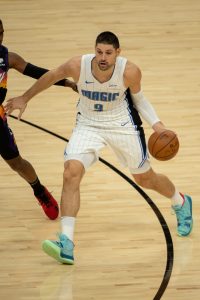 The Bulls make a surprise splash for an All-Star center (story)
The Bulls make a surprise splash for an All-Star center (story)
- Bulls acquire Nikola Vucevic and Al-Farouq Aminu.
- Magic acquire Wendell Carter, Otto Porter, the Bulls’ 2021 first-round pick (top-four protected), and the Bulls’ 2023 first-round pick (top-four protected).
The Heat buy low on a two-time All-Star (story)
- Heat acquire Victor Oladipo.
- Rockets acquire Kelly Olynyk, Avery Bradley, and the right to swap the Rockets’ or Nets’ 2022 first-round pick with the Heat’s 2022 first-round pick (top-14 protected).
The Nuggets emerge as winners in the Aaron Gordon sweepstakes (story)
- Nuggets acquire Aaron Gordon and Gary Clark.
- Magic acquire Gary Harris, R.J. Hampton, and the Nuggets’ 2025 first-round pick (top-five protected).
The Celtics make use of (part of) their massive trade exception (story)
- Celtics acquire Evan Fournier.
- Magic acquire Jeff Teague, either the Celtics’ or the Grizzlies’ 2025 second-round pick (whichever is less favorable), and the Celtics’ 2027 second-round pick.
The Sixers acquire a veteran point guard for their playoff run (story)
- Sixers acquire George Hill and Ignas Brazdeikis.
- Thunder acquire Tony Bradley, Austin Rivers, the Sixers’ 2025 second-round pick, and the Sixers’ 2026 second-round pick.
- Knicks acquire Terrance Ferguson, Vincent Poirier, the Sixers’ 2021 second-round pick, the Heat’s 2024 second-round pick (top-55 protected; from Sixers), and the draft rights to Emir Preldzic.
The Clippers get a play-maker, while Lou-Will heads home (story)
- Clippers acquire Rajon Rondo.
- Hawks acquire Lou Williams, the Trail Blazers’ 2023 second-round pick, the Clippers’ 2027 second-round pick, and cash.
The Raptors trade a guard — no, not that one (story)
- Trail Blazers acquire Norman Powell.
- Raptors acquire Gary Trent Jr. and Rodney Hood.
The Raptors trade another guard — again, not that one (story)
- Kings acquire Terence Davis.
- Raptors acquire Grizzlies’ 2021 second-round pick.
The Kings and Pistons swap veteran point guards (story)
- Kings acquire Delon Wright.
- Pistons acquire Cory Joseph, the Lakers’ 2021 second-round pick, and the Kings’ 2024 second-round pick.
The Bulls acquire a backup center and the Celtics dump some salary in a three-team deal (story)
- Bulls acquire Daniel Theis, Troy Brown, Javonte Green, and cash ($1.3MM from Celtics; $250K from Wizards).
- Celtics acquire Moritz Wagner and Luke Kornet.
- Wizards acquire Chandler Hutchison and Daniel Gafford.
The Heat acquire a stretch four (story)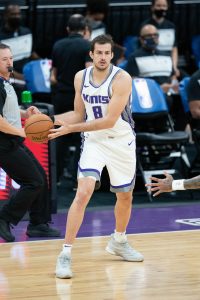
- Heat acquire Nemanja Bjelica.
- Kings acquire Maurice Harkless and Chris Silva.
The Mavericks add some shooting (story)
- Mavericks acquire J.J. Redick and Nicolo Melli.
- Pelicans acquire James Johnson, Wesley Iwundu, the Mavericks’ 2021 second-round pick, and cash.
The Nuggets acquire a veteran to back up Nikola Jokic (story)
- Nuggets acquire JaVale McGee.
- Cavaliers acquire Isaiah Hartenstein, the Nuggets’ 2023 second-round pick (top-46 protected), and the Nuggets’ 2027 second-round pick.
The Jazz fill their 15th roster spot with a sharpshooter (story)
- Jazz acquire Matt Thomas.
- Raptors acquire the Warriors’ 2021 second-round pick.
The Warriors dump some salary (story)
- Spurs acquire Marquese Chriss and cash.
- Warriors acquire the draft rights to Cady Lalanne.
The Warriors dump some more salary (story)
- Hornets acquire Brad Wanamaker, the Raptors’ 2022 second-round pick (top-54 protected), and cash.
- Warriors acquire the Hornets’ 2025 second-round pick (top-55 protected).
Top trade candidates who stayed put:
- Kyle Lowry, Raptors (story)
- John Collins, Hawks (story)
- Lonzo Ball, Pelicans (story)
Players waived on deadline day:
- LaMarcus Aldridge, Spurs (story) (buyout)
- Mfiondu Kabengele, Kings (story)
- Jalen Lecque, Pacers (story)
- Meyers Leonard, Thunder (story)
- Jabari Parker, Kings (story)
Note: Jeff Teague (Magic) and Vincent Poirier (Knicks) are expected to be waived, and Andre Drummond (Cavaliers) is working toward a buyout, but those moves have not yet been made official.
Trades made in the week leading up to the deadline:
The Bucks acquired a playoff-tested veteran (story)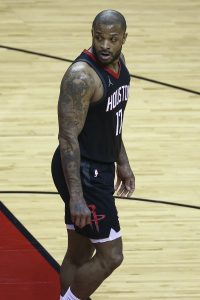
- Bucks acquire P.J. Tucker, Rodions Kurucs, and their own 2022 first-round pick (traded away in a previous deal).
- Rockets acquire D.J. Augustin, D.J. Wilson, the Bucks’ 2023 first-round pick (unprotected), and the right to swap their own 2021 second-round pick with the Bucks’ 2021 first-round pick (top-nine protected).
The Suns added a low-cost defensive specialist (story)
- Suns acquire Torrey Craig.
- Bucks acquire cash ($110K).
The Heat brought Trevor Ariza out of hibernation (story)
- Heat acquire Trevor Ariza.
- Thunder acquire Meyers Leonard and the Heat’s 2027 second-round pick.
Photos courtesy of USA Today Sports Images.
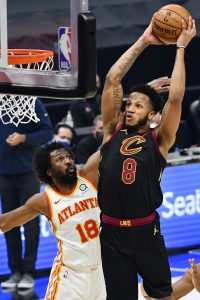
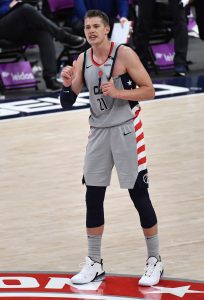 Moritz Wagner
Moritz Wagner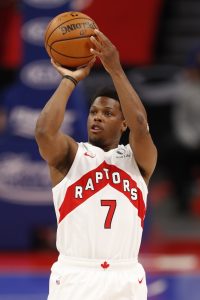
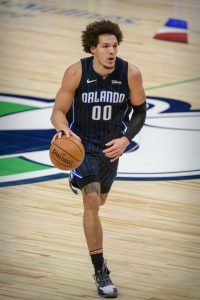
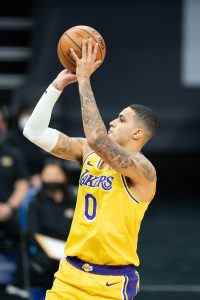 Let’s use
Let’s use 
